From the Pool to the Ocean: The Transition
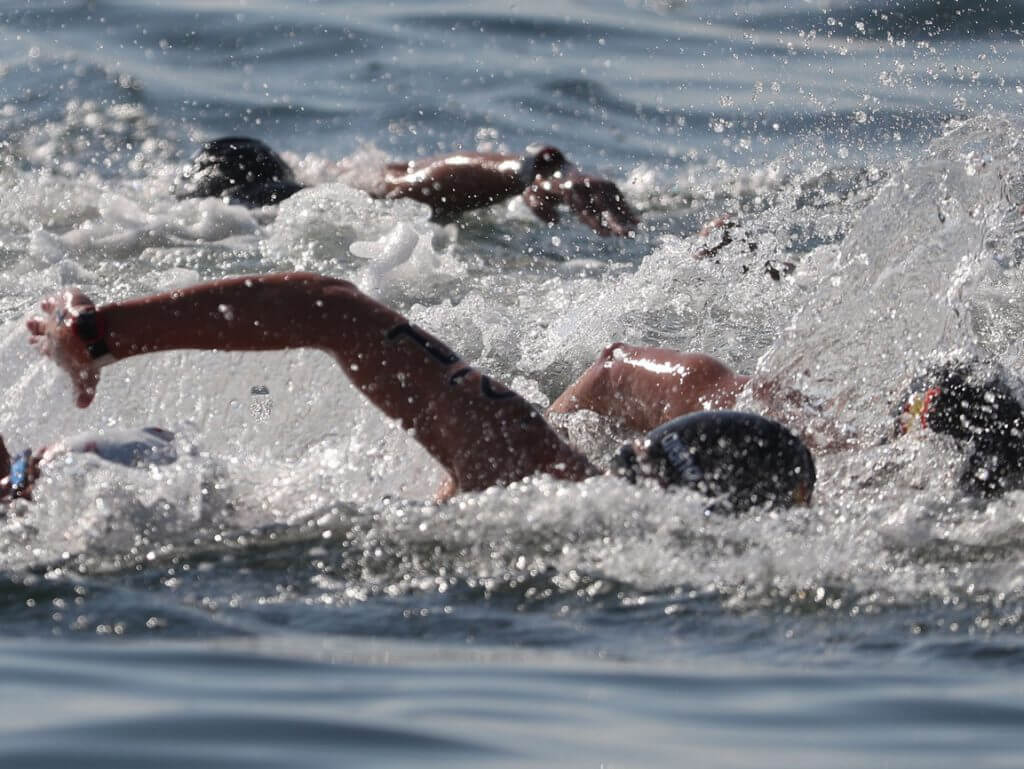
From the Pool to the Ocean: The Transition (Open Water Swimming)
By Daniela Navarrete, Swimming World College Intern.
Most swimmers have swum or will swim at least an off event throughout their careers. These off events could include trying out for open water, you never know! Sometimes it might turn out that transitioning to the ocean was not that bad of an idea.
Distance Swimming = Open Water?
It is common that distance swimmers make this transition and take advantage of their renowned endurance. Mexican Olympian in London 2012 and distance swimmer, Arturo Perez-Vertti, swam his first open water race in 2010. However, it was not until a year after the Games when he swam his first elite open water race at the 2013 World Cup in Cozumel, Mexico.
“From my point of view, open water and distance events such as the 800m or 1500m, go hand in hand,” said the two-time Pan-American open water swimmer. “In 2013 when I started focusing more on my open water training, I broke three Mexican national records in the 1500, 800, and 400-meter freestyle.”
Some of the top distance swimmers in the world have tried open water and have excelled in their performances as well. That is the case with Rio 2016 1500m gold medalist for Italy, Gregorio Paltrinieri, who surprised us last year in Gwangju by finishing sixth in the 10k.
Swimmers might just want to try open water for the sake of the experience, finding out that this was the place to be. In other cases, different factors may influence a swimmer’s decision to give it a shot.
The Coaching Guidance
When a coach sees you have potential in a specific event, you are mostly encouraged by them. Perez-Vertti says that his coach Bill Rose was the one who prepared and motivated him the most to stay on the sport.
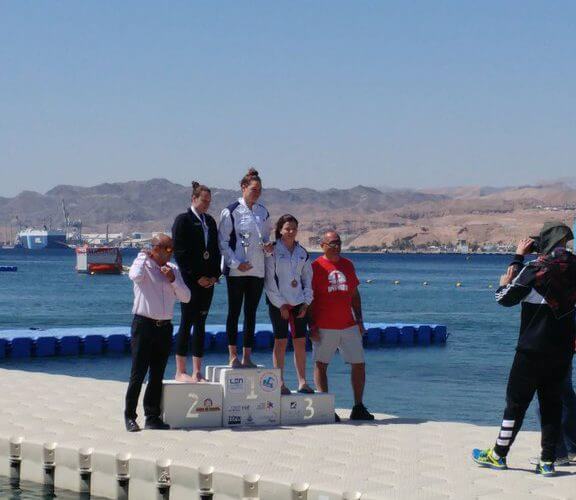
Photo Courtesy: Eden Girloanta
Such is the case of Israeli open water junior national swimmer and upcoming junior at Southern Illinois University Eden Girloanta, who also notes the influence of her coach. “I was always very solid on my distance pool events; I would always even-split my 400/800 or even negative split it,” said Girloanta who was 5th at the 2016 European Open Water Junior Championship in the 7.5k. “At 13 my coach told me to try out an open water swim, and on my first take I made it on the junior Israel national team; I guess he was right.”
Transitioning by Necessity
Although Perez-Vertti and Girloanta have transitioned to open water, they still train and compete in the pool. Nonetheless, there are times when athletes become full-time open water swimmers because of unexpected situations.
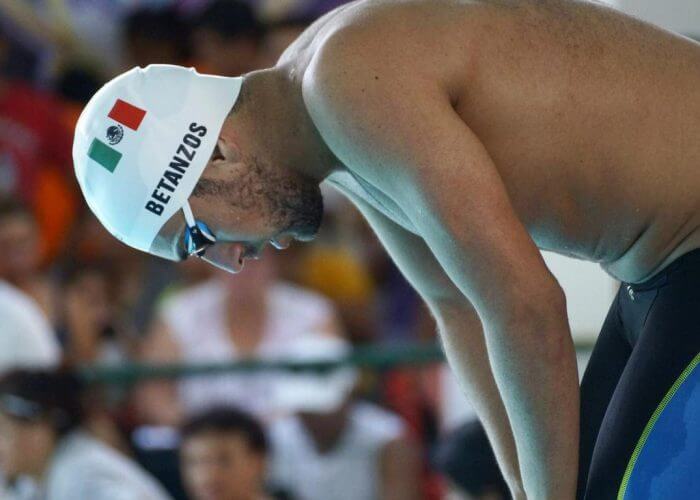
Photo Courtesy: Fernando Betanzos
A three-time Mexican national champion and former national record holder in the pool, Fernando Betanzos came into the open water world because of an ankle injury. “I was really good in underwaters; in the 50m back SCM I would only swim 20 meters because I would take advantage of my underwater swim,” said Betanzos. “But it hurt a lot, so I started to focus on strengthening my upper body, gave it a try at open water Mexican Nationals, and qualified for the 2015 World Championships in Kazan.”
Pool vs. Ocean
External Factors
Athletes face tougher challenges in open water swimming than in the pool when it comes to external forces. “When developing a training plan for an open water swimmer, coaches must consider that there are different sceneries―lakes, rivers, sea―and each of them has characteristics such as currents, water density and winds that affect performance,” said Christian Garcia, Mexico’s national open water team head coach at the 2019 FINA Marathon Swim World Series.
Apart from the environmental conditions, swimmers should be aware of marine life and kicks and hits when racing. “I was a little girl when I started and my two biggest fears were the sea animals and the physical contact the sport has,” said Girloanta.
Training
Another difference is the type of training. According to Garcia, to develop great resistance in open water the work must emphasize aerobic capacity and progressively add mileage. “There should even be more changes in mileage planification depending on which event (5, 7.5, 10, or 25k) the swimmer is focusing on,” Garcia said.
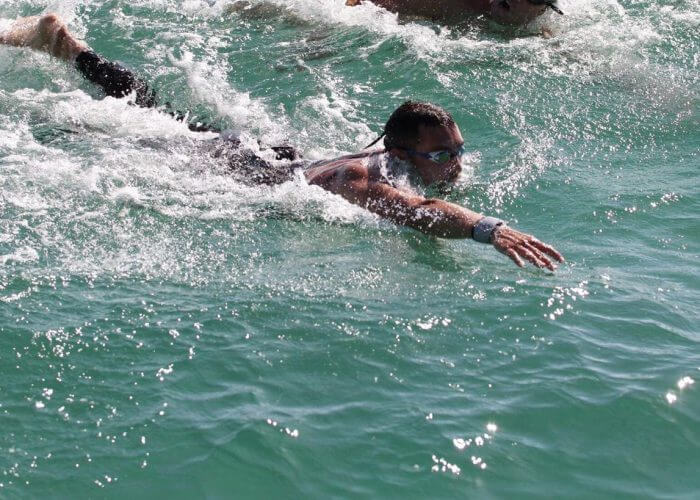
Photo Courtesy: Fernando Betanzos
An open water competition is usually a circuit of a number of laps, and athletes swim around big buoys that indicate the path. Hence, they should practice orientation and combine side and front breathing for the same reason. “In the pool we swim in our lane looking at the line down the floor; in open water you can’t count on it to give you direction,” explains Perez-Vertti. “Therefore, you must take your head out front constantly to remain closer to the circuit, and not lose track.”
Psychological Adaptation
Transitioning to open water means facing adversity to another level for both the swimmer and the coach. Long hours of training and competition are typical in this discipline. “One of the challenges I’ve faced is to keep my athlete motivated and focused on his or her goal,” confesses coach Garcia. “Due to the characteristics of the program that tends to be long and tedious, the athletes experience boredom and psychological fatigue.”
However, when they overcome this barrier, they can achieve what was once thought impossible. Betanzos affirms that patience is key to develop a smooth transition from the pool to the ocean. “I don’t think transition is hard; you cannot expect great results right away.” In only four and a half years that Betanzos committed 100% to the sport, he has defeated all odds. “It’s just perseverance and adaptation.”
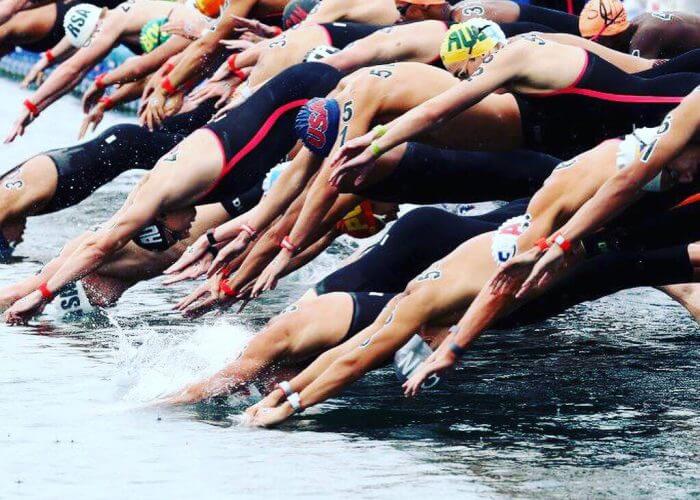
Photo Courtesy: Fernando Betanzos
For the Newcomers
Open water can teach swimmers a lot about physical and mental toughness. Yet, it also allows them to live a whole new experience. Here are a few recommendations from Perez-Vertti to all pool swimmers that might want to give it a try:
- Before a practice or competition, check the course in advance to ease orientation and avoid over-swimming.
- Put yourself in a safe place at the time of the start of a race, physical contact is common.
- Raise your head up to the front every 20 stroke cycles.
- Try to keep calm throughout the whole race.
- Enjoy the swim!
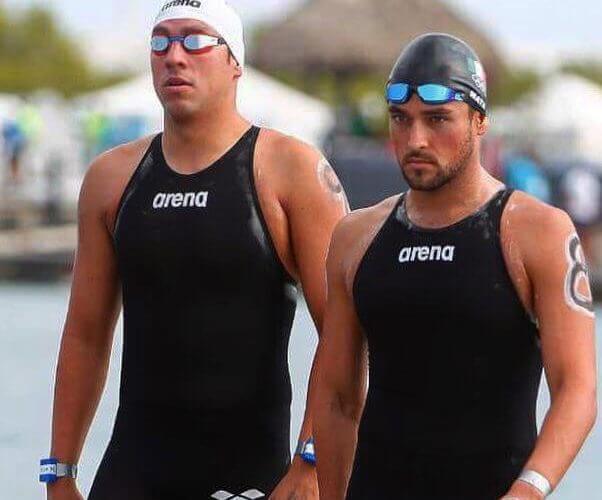
Photo Courtesy: Fernando Betanzos
All commentaries are the opinion of the author and do not necessarily reflect the views of Swimming World Magazine nor its staff.



